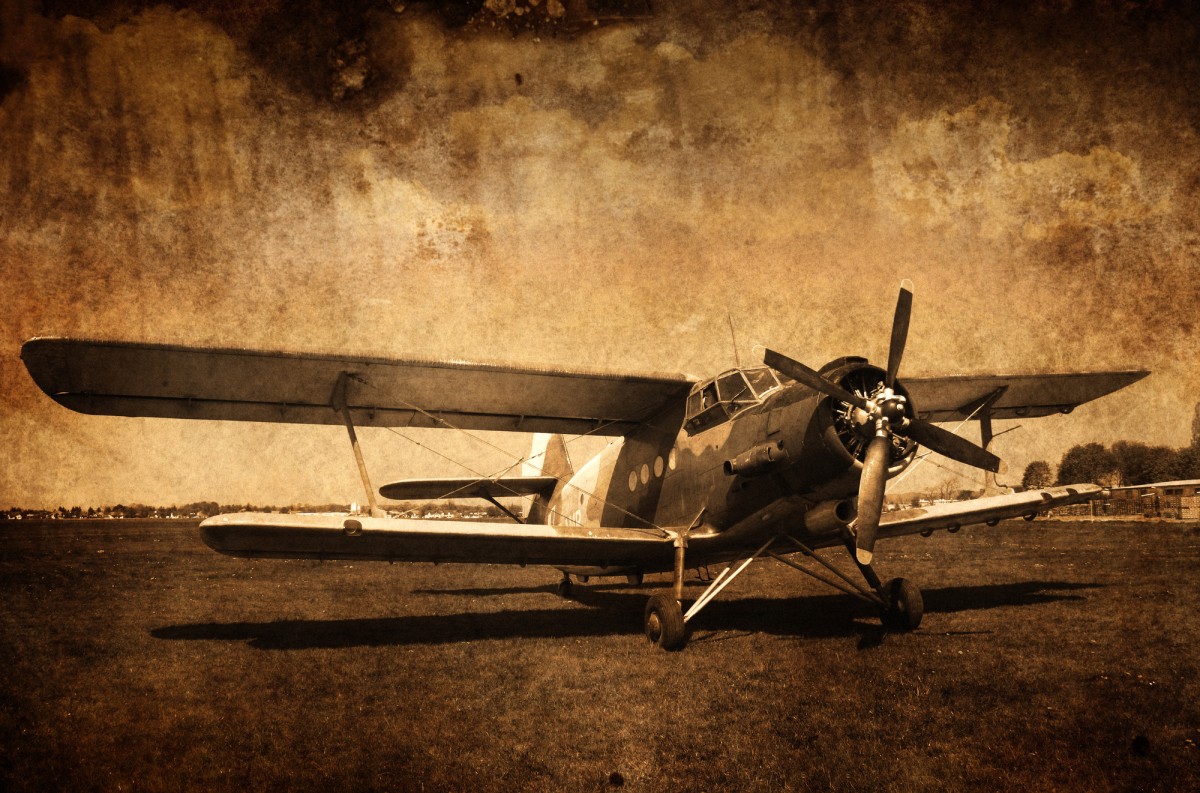
The science behind the design of airplane propellers started out simply enough. The basis for the original concept of the airplane propeller design was the same concept behind the screw. The invention of the screw is largely attributed to Archytas of Tarentum, who lived from 428 BC to 350 BC. Early screws were used to extract oils from olives and juice and move water up from wells. What we know for sure is that this was a common technology used from Egypt to Greece and beyond. Leonardo DaVinci sketched his first helicopter design in the mid-1400’s which used a rotating screw design.
Yet it wasn’t until the mid-1700’s that inventors began discussing how to use this technology to power boats by creating rotating screws, or boat propellers, to power vehicles through the water. By the 1800’s boat propellers had become standard technology for a wide variety of vessels.
In 1843, Sir George Cayley designed a flying machine that would be equipped with twin propellers. Another early airplane propeller design pioneer was Alberto Santos Dumont, who designed propellers for his airships made of aluminum. But it was the Wright Brothers who would truly take the idea of the airplane propeller from paper to practicality with their twisted airfoil propeller design. The Wright Brothers threw out the old idea that airplane propellers should be based on screws at all. They posited that airplane propeller design should look more like a wing than a screw. Wings create lift which buoy the aircraft. Propellers, they reasoned, could displace air backward to produce forward thrust. This led them to add a twist along the blade’s length that ensured a more consistent angle of attack for the blade, ensuring that it pulled a consistent amount of air toward the plane with each rotation.
Today propellers are made from wood, aluminum, or composites. The leading edge may also be reinforced with nickel for durability. The purpose of the propeller’s design is to convert the energy generated by the airplane’s engine into thrust that propels the aircraft forward. When you look at a propeller, you will see that its blade angle varies as you move from the base to the tip of the blade. This has to do with the fact that the speed of the blade is lower at the base and higher at the tip. A constant angle would result in a possible stall, as the airflow across the blade changes due to its shape. The varying angle of the blade ensures that all of the thrust generated is about equal across the whole of the blade.
The Wright Brothers’ propellers were about 82% efficient, compared to 90% efficiency today. To achieve those gains in efficiency, airplane propeller designs have been modified over the years. In the 1940’s, wide rectangular blades came into use as engine power increased, as they absorbed more energy than traditional round-tip blades. Today we see anywhere from 2-blade to 6 or more blades for propellers in operation because the most efficient blade count for a particular aircraft depends on many factors, including engine power, operating RPM for the propeller, diameter limitations, aircraft performance requirements (high speed cruise, takeoff, loiter, etc.), noise requirements, and others. As power increases, additional blades are generally required to efficiently utilize the increased power. High efficiency in modern propellers comes from running the blade tip speed close to the speed of sound.
The Hartzell scimitar blade also has advantages over a traditional blade, as changing the airplane propeller design by sweeping the blade tip back reduces the noise generated and may also improve the efficiency. Propeller designers today like those at Hartzell continue to search for maximum performance while meeting limits on diameter, weight, strength, and noise. Learn more about Hartzell airplane propeller design here.